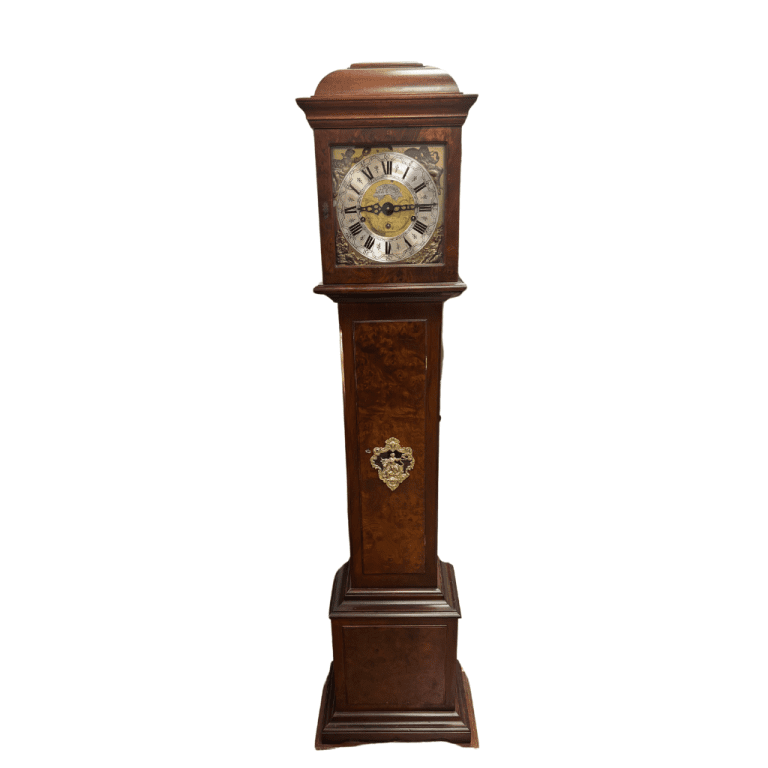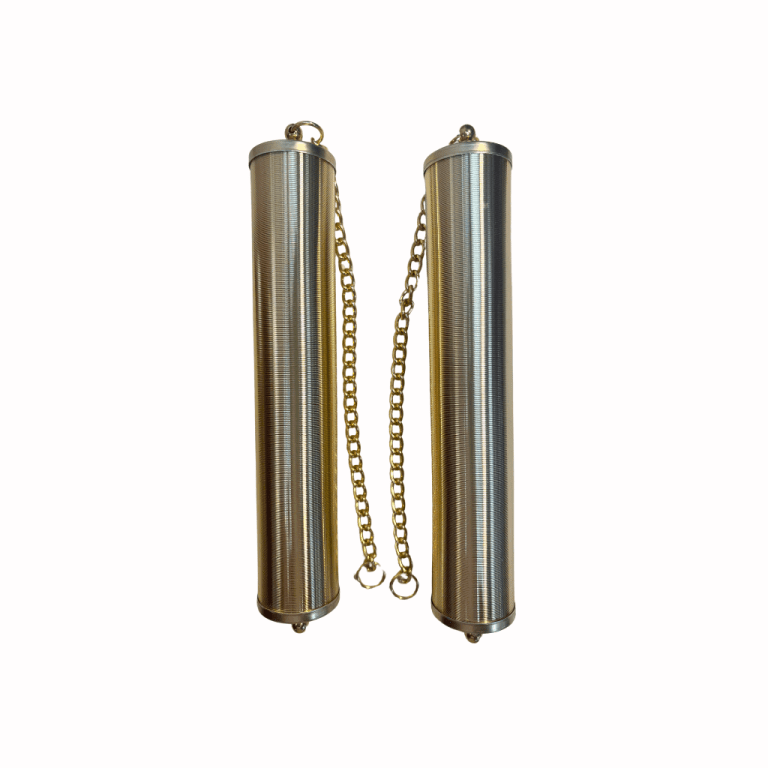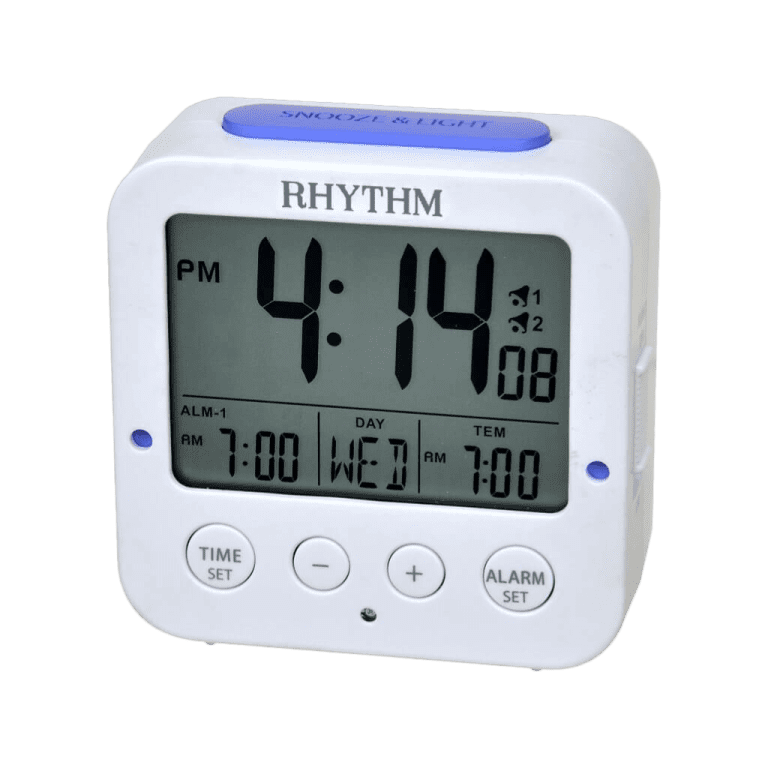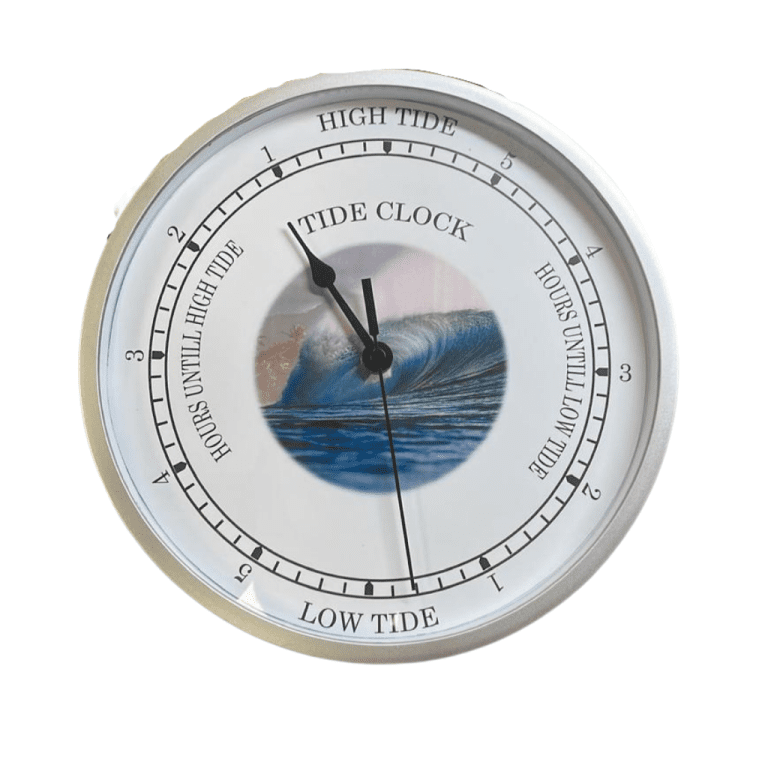When it comes to mechanical watches, no matter how strong the case is or how thick the glass is, inside that shell is a delicate mechanical eco-system of moving parts, all of which rely on each other to run properly.
Something as small as a speck of dirt, or a drop of water could see its accuracy go out the window. So, how do you ensure your watch is at its best? The most reliable and convenient way is to get it regularly serviced.
How often should I get my watch serviced?
Manufacturers typically recommend a service every 2-5 years, largely depending on the movement choice, but if your watch is running noticeably slow or fast, or something just doesn’t feel right, don’t wait for this window, get it serviced as soon as you can.
What you do while wearing your watch and how you treat it will seriously affect this range. If you’re a keen diver and take your watch in the ocean every week, your watch is going to need an MOT more often than a ‘desk diver’.
No matter how well you rinse the watch after the dive, the frequent submersion in saltwater eventually takes a toll on the case and seals.
The age of your watch
The age of the watch also plays a role in frequency of service. If it’s less than 5 years old and all of the functions are running smoothly as well as keeping good time, it might not need a service. However, prevention is better than the cure and a strip, clean and relubrication might just prevent some more serious work being needed down the line.
What can I expect from a service?
The second and third most common questions people have is usually along the lines of “what does a watch service include?” And “is it expensive?”. You can rest assured that (with a reputable service center) you’ll absolutely get your money’s worth with a service, including:
- A complete disassembly of the watch and movement, from separating the bracelet from the case right down to the movement’s individual components
- Inspection of each individual part to ensure it not only functions correctly but is free from rust and excessive wear. (An estimate for replacements is usually given so you’re not stung with a huge bill)
- Cleaning the stripped-down movement
- Reassembly and lubrication of the movement to ensure it stays healthy
- Adjustment of the movements timekeeping if required
- Clean and reassembly of the dial and hands to the movement
- Bench test & final adjustment of the movement
- Ultrasonic cleaning and optional polish of the case and bracelet, this can include buffing any minor scratches, with specialist equipment being used on the larger scratches/dents.
- Case reassembly with water-resistance testing
- Checking of the cleanliness and the functioning of the assembled watch
Credited to: pompeak.com














